Affiliate links on Android Authority may earn us a commission. Learn more.
It's 2020 and the Google Play Store still has a major fake review problem
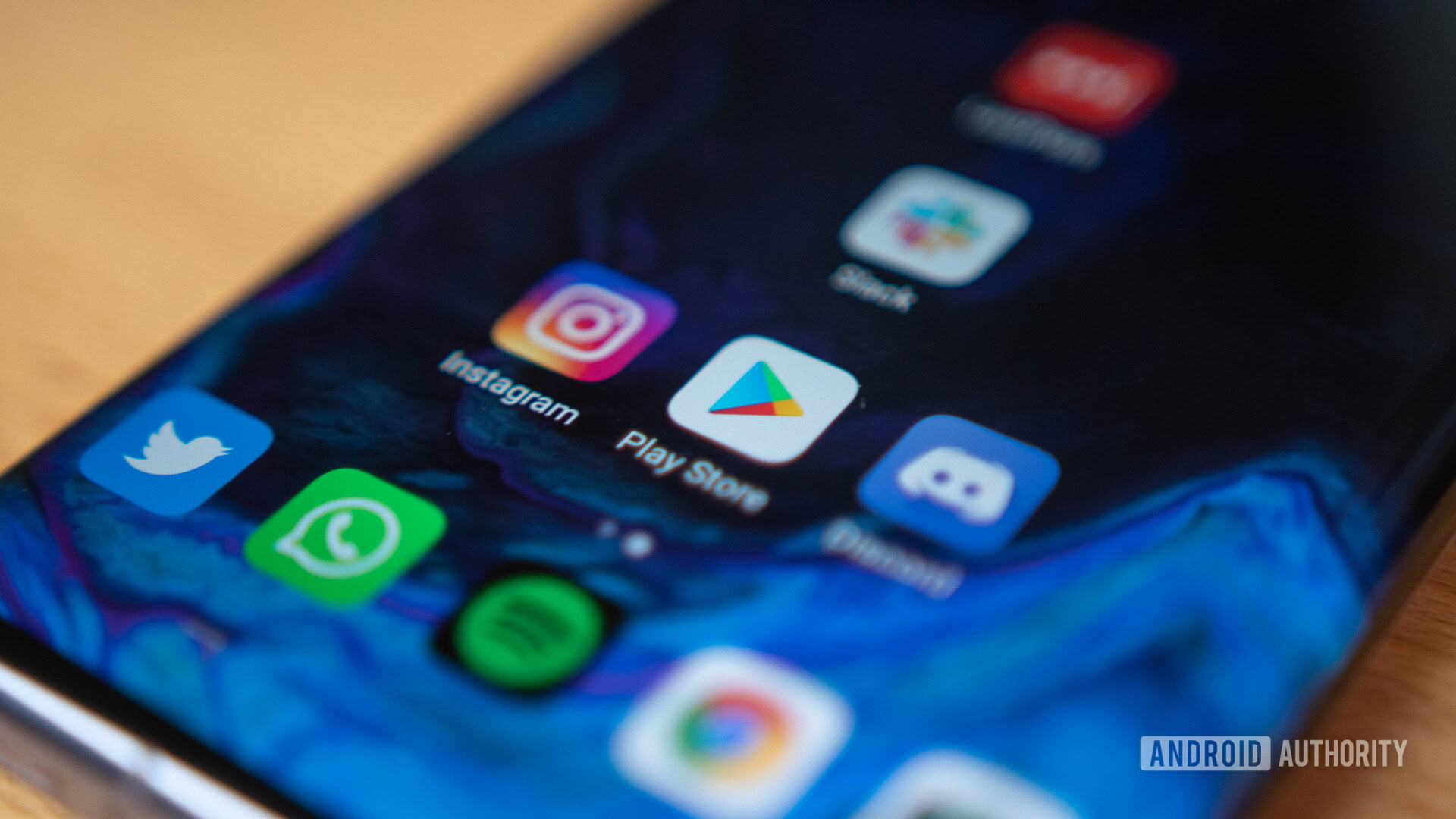
Nowadays, it’s taken for granted that user reviews are a terrible metric for quality. Everything from restaurant reviews on Yelp to product reviews on Amazon can easily be faked, driving up (or down) aggregate review scores.
When it comes to the Google Play Store, these fake reviews can play a huge role in the success of any given app. Due to the way Google’s algorithm works, there’s a big incentive for developers to turn to the dark side, even if it means their app could be removed from the platform — or worse, a massive fine from the FTC.
Despite efforts to address the issue over the past decade, both the Google Play Store and Apple’s App Store are still infested with fake reviews. Their persistence could be chalked up to the wild west nature of relatively new mobile platforms, but what’s clear is that both companies have failed to come up with a solution.
The lure of fake reviews

For developers looking to make it big on the Google Play Store, there aren’t many shortcuts to success. Even if you do make a fantastic app or game, there’s no guarantee that it will find its way onto the mobile phones of your potential audience.
Aside from gaming the system with misleading app names (you’re not fooling anyone, Grand Crime Auto Gangster Miami City), an app needs to be pushed and featured by Google’s algorithm in order to gain traction. Optimizing app listings are part of that, but the main ways the algorithm judges quality are reviews and installs.
Read also: Google Play still has a clone problem with no end in sight
By purchasing installs and reviews just barely good enough to fool the system, developers can improve their chances of discovery dramatically. If they get caught Google will remove the app from the Play Store, but if the alternative is rotting with single-digit download numbers, that’s not a large cost to bear.
To make matters worse, some malicious developers also purchase negative reviews for competitors in order to tank their rankings. An early flood of one-star reviews is all it takes to lower the average and signal to the Play Store algorithm that an app isn’t worthy of promotion.
Fake reviews on the cheap
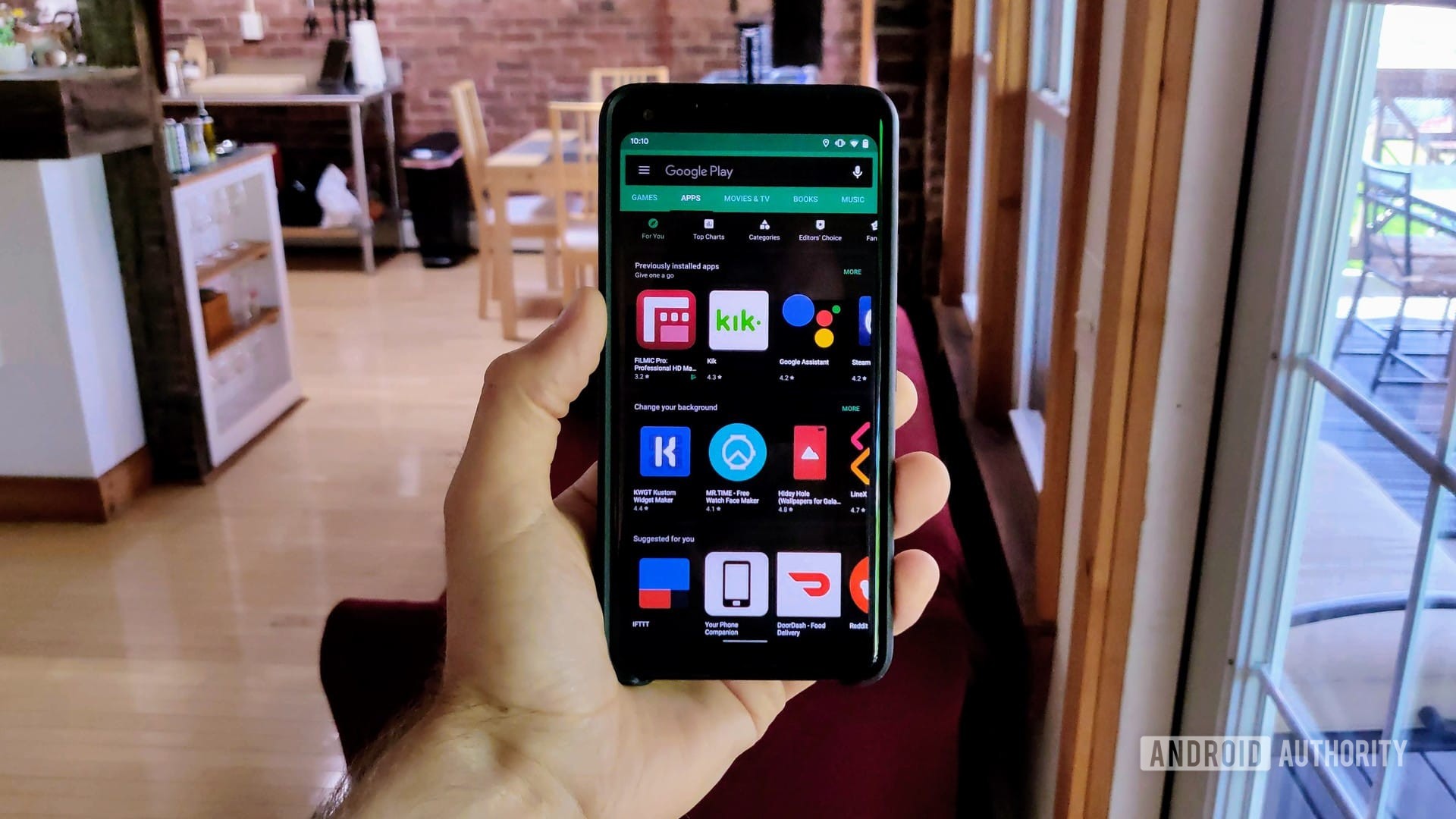
To Google’s credit, it has made efforts to cull fake reviews in the past. In 2016 it cracked down on purchased reviews intended to boost an app’s ranking, but that just led to bad actors stepping up their game to bypass the system. Google claimed to have removed millions of fake reviews in 2018, but it’s no easy task and some developers feel that legitimate positive reviews were caught in the crossfire.
This game of cat and mouse continues today, and what we’re left with is a small but highly specialized cottage industry of fake reviews. We’re obviously not going to link them, but Android Authority‘s analysis of five such companies revealed costs ranging from $2-4 per review. Typically the more reviews you buy the cheaper they are per review, with plans for up to 500 reviews. One site even offers incentivized reviews via an app that’s readily available on the Play Store.
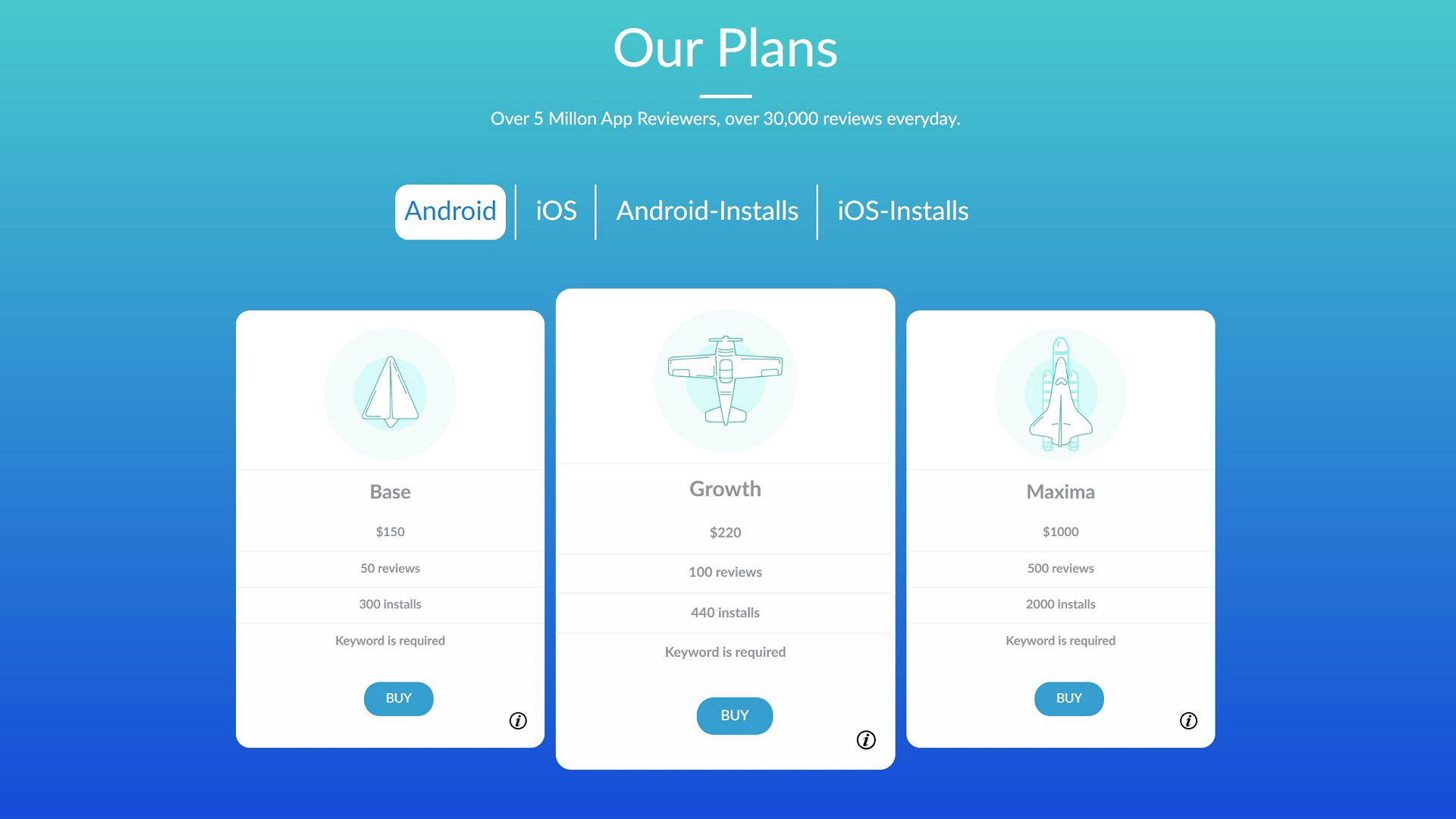
To evade Google’s algorithm, these reviews are written by real people in a wide variety of languages. They are by no means well-written, but the fake reviews are virtually indistinguishable from legitimate ones. You can even send in your own text for the reviews to target specific keywords and boost rankings even further.
Really friendly. A good thing, that I'm able to sort gifts and add them to different groups. Never do my Christmas without it!Typical five-star review
Other ways to get around the algorithm include adding both four- and five-star reviews and spacing them out over time. Most shady sellers are flexible in this regard, and some will even offer advice on the best methods to avoid detection.
The owner of the app can see a breakdown of reviews by country, language, device, etc. in the Play Console, but ordinary users are left to take them at face value. Plus, legitimate reviewers can easily be swayed by groupthink, pushing users to leave a more positive review than their true experience warrants.
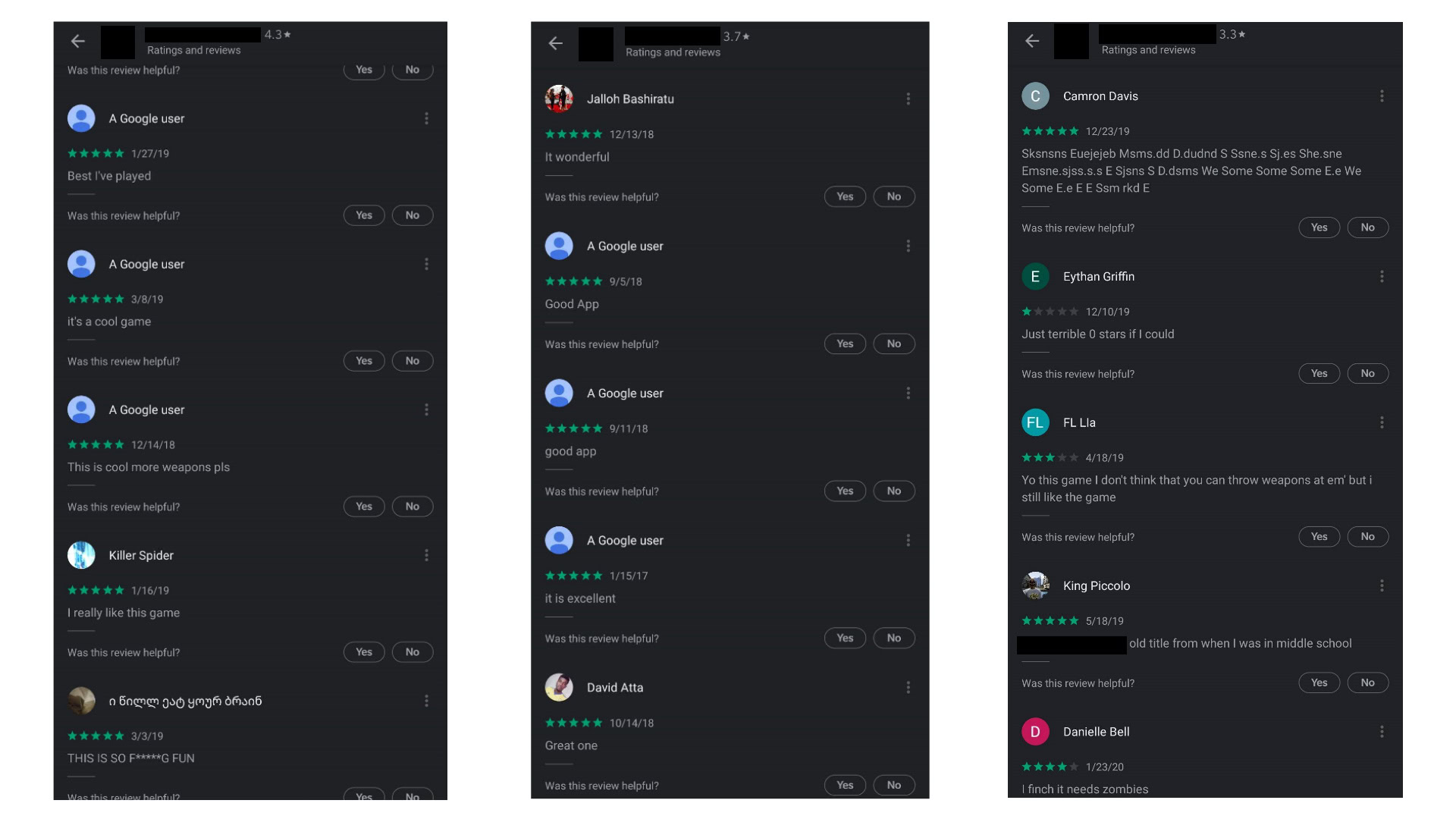
For aspiring indie game developers, the thought of increasing acquisition rates by several hundred percent sounds too good to be true. Instead of putting in the hard work to build and grow their game, they can just send a few hundred dollars via Paypal to a sketchy website and hope for the best.
Read also: “Just start building!” Tips on how to make it as an indie game dev
As mentioned earlier, the Play Store isn’t alone in this, and Apple’s App Store is also full of fake reviews. In our findings iOS reviews were slightly more expensive, ranging from $2-5, with just one offering cheaper reviews on iOS than on Android. This is due to the fact that it’s more difficult and time consuming to create new/fake accounts on Apple’s platform. Plus, it’s much more difficult for low-effort or copycat apps to get onto the platform in the first place.
No easy solution
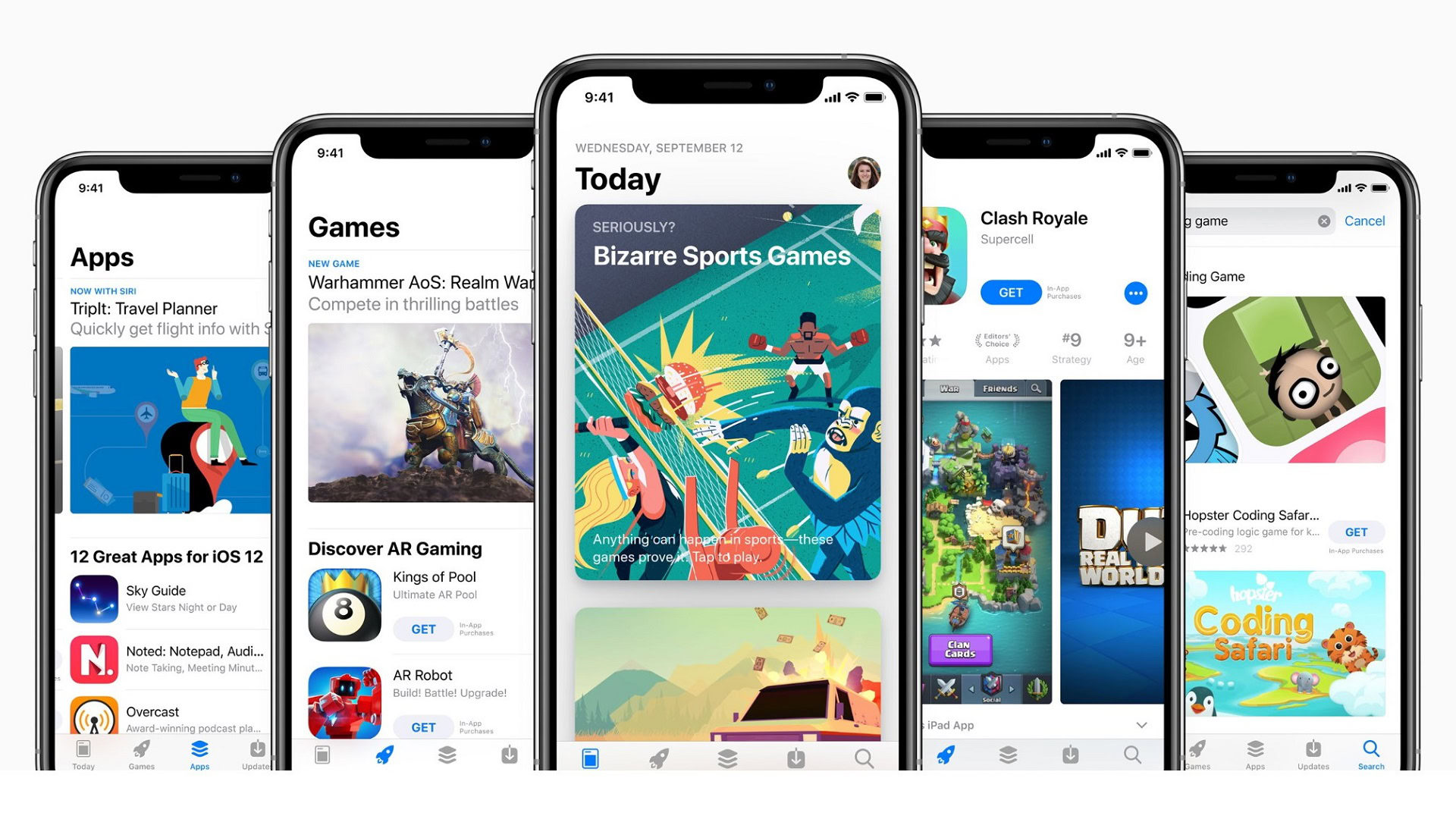
So what can Google and Apple do to stave off the problem of fake reviews? Policing with complex algorithms clearly hasn’t done the trick, and app platforms are far too large to manually check reviews as they come in.
One possible solution is to make it easier to get legitimate reviews. Apple addressed this directly with a native review prompt in iOS 10.3, which added a simple way for developers to ask users for a rating without having to leave the app. This simple native review prompt led to an incredible 32x increase in app ratings, although a much smaller portion of those contained written reviews, which are an invaluable source of feedback for developers. Furthermore, 90% of apps that implemented it saw their average rating increase as well.
Native review prompts on iOS lead to 32x more ratings and an overall increase in scores for participating apps.
On Android, there is no one-size-fits-all solution to getting more legitimate reviews. Android developers can use plugins to prompt users for reviews, but they will still have to leave the app in order to write the review. Giving users an extra push to leave reviews by offering rewards is also strictly prohibited.
But even if aggregate review scores could be more effectively managed, there’s another area that would be largely unaffected: the list of top free games. Noodlecake COO Ryan Holowaty notes that although these games sit at a poor 2-3 star ranking, “the reviews don’t really matter that much, nor does store feature placement because those games work outside that system.” The only thing they need are more installs, which can be easily spoofed for the right price.
The top free games list works outside of the review system, making it harder to police.
To illustrate just how little ratings matter for these games, have a look at the spread of ratings for any of the top free games. Despite being inundated by bad reviews, they continue to acquire new users by virtue of being on the list. Holowaty sees no easy solution for this, either: “…if platform holders were to weigh those reviews more, you will just see an uptick in purchased reviews.”
No end in sight

Considering Google still hasn’t figured out how to effectively manage fake reviews on Google Maps, which has been around for more than 15 years now, it’s unlikely to find a silver bullet solution.
As a consumer, the best you can do is report suspicious reviews and be on the lookout for manipulated ratings. Usually by reading five or six reviews you can get a sense of whether or not an app is worth your time.
To find new apps, rely on editorialized best lists rather than in-app top free lists, as the latter can be easily manipulated. On iOS these lists can be found in the Today tab, and for Android we have literally hundreds of lists on Android Authority to help you find what you’re looking for.
Fake reviews are against FTC guidelines, and may lead to heavy fines.
As for developers, be wary of using these fake review services. Not only can they lead to your app getting removed from the platform, they can be grounds for regulatory fines. The FTC revised its guidelines on endorsements and testimonials in 2009, tightening restrictions around incentivized or misleading reviews.
To date, this hasn’t been used against any app developers, but it was levied against 19 companies using fake online reviews on Yelp and Google Maps for $350,000 in fines in 2013. As mobile spending continues to grow at an incredible pace, it won’t be long before regulators catch up.